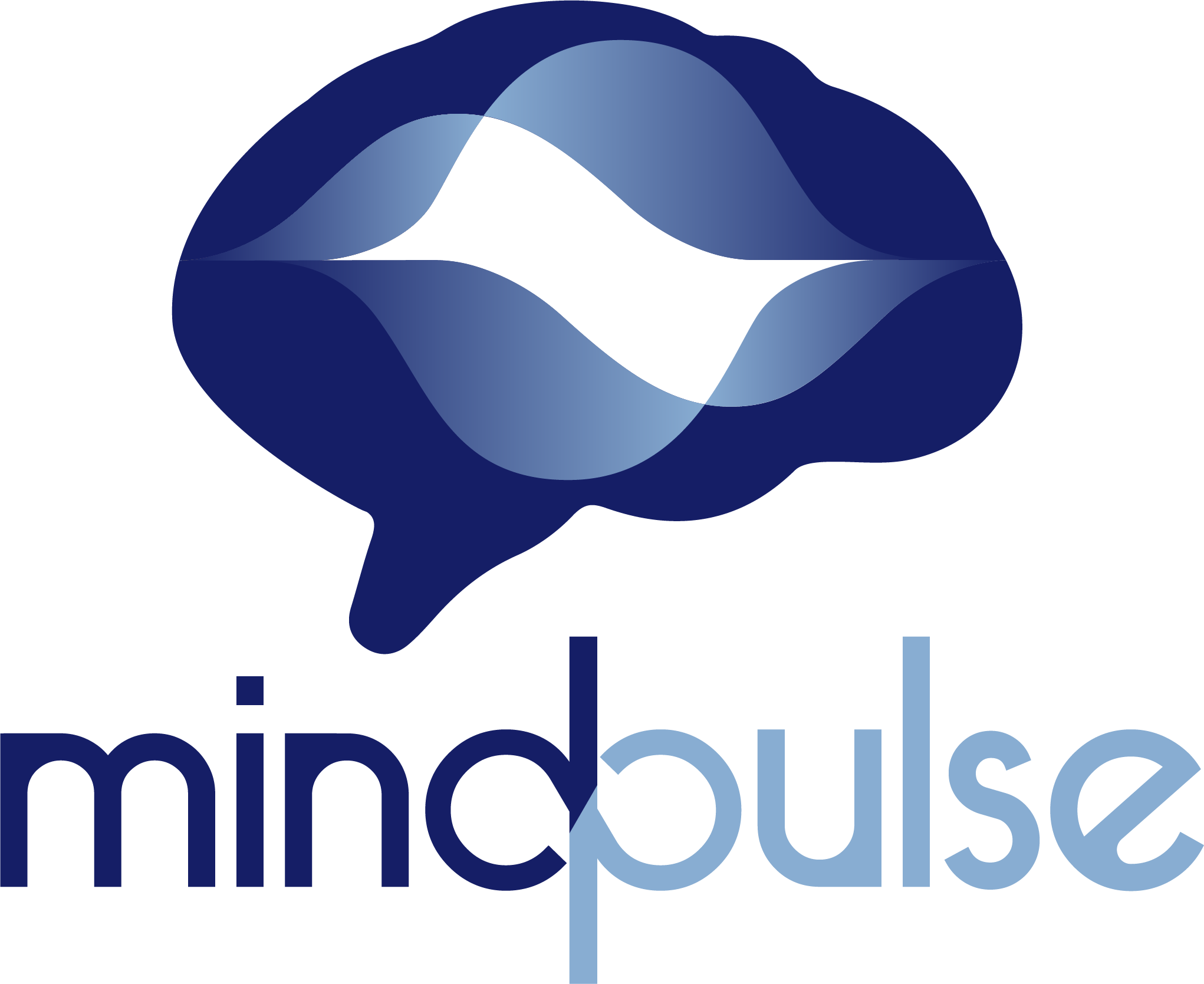A Dissociation of Attention, Executive Function and Reaction to Difficulty: Development of the MindPulse Test, a Novel Digital Neuropsychological Test for Precise Quantification of Perceptual-Motor Decision-Making Processes
Sandra SUAREZ, Bertrand EYNARD & Sylvie GRANON
Contact : sandra.suarez@itsbrain.fr
Summary of the article published on 07/19/2021 in Frontiers in Neurosciences
Traditionally, neuropsychological testing has assessed processing speed and precision, closely related to the ability to perform high-order cognitive tasks. An individual making a decision under pressure must constantly rebalance one speed to action in order to account for possible errors. A deficit in processing speed appears to be a frequent disorder caused by cerebral damage — but it can be hard to pinpoint the exact cause of the slowdown.
It is important to separate the perceptual-motor component of processing speed from the decision-time component. We present a technique to isolate Reaction Times (RTs): a short digital test to assess the decision-making abilities of individuals by gauging their ability to balance between speed and precision. Our hypothesis is that some subjects will accelerate, and others slow down in the face of the difficulty. This pilot study, conducted on 83 neurotypical adult volunteers, used images stimuli.
The test was designed to measure RTs and correctness. After learning release gesture, the subjects were presented with three tasks:
This pilot study, conducted on 83 neurotypical participants, is based on a presentation of simple and identifiable visual stimuli in all cultures. The MindPulse records the TRs as well as the accuracy of the answers.
After correctly learning the mouse release movement, the participants passed 3 tasks :
- A simple Reaction Time task
- A Go/No-Go
- A complex Go/No-Go with 2 simultaneous Choices
All three tasks have in common a perceptual component and a motor response. By measuring the 3 reference points requiring attentional and executive processing, while progressively increasing the conceptual complexity of the task, we were able to compare the processing times for different tasks — thus calculating the deceleration specific to the reaction time linked to difficulty.
By measuring 3 reference points involving attentional and executive processes with a gradual increase in the complexity of the test, the MindPulse is able to compare the processing times of each of the tasks by calculating the specific deceleration of the TR related to the difficulty. We define the task difficulty coefficient as the ratio of the (group) average of the task minus the base time divided by the (group) average of the unit task minus the base time.
We have highlighted that TRs can be broken down into 3 basic and independent components: Simple Reaction Time (SRT), Executive Speed (ES), and Difficulty Reaction (RD). We believe that DR reflects how the subject adjusts to the difficulty either by accelerating (RD0).
This study offers a first proof of concept for the use of mindPulse to measure the balance between precision and speed inherent in fundamental decision-making in 4 axes: perceptual-motor speed, executive speed, the accuracy of the person and his reaction to the difficulty.
